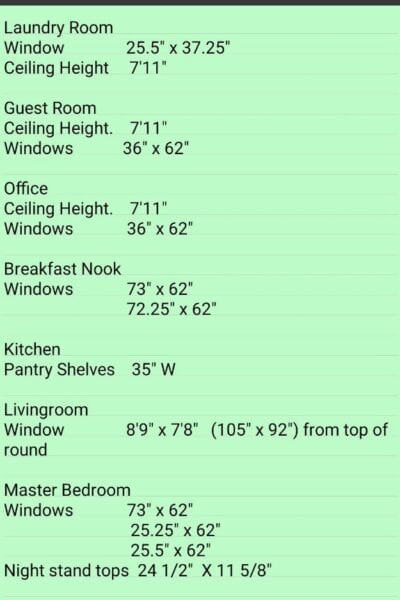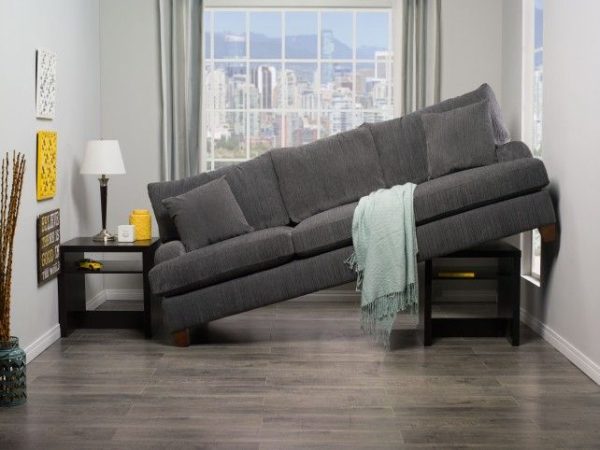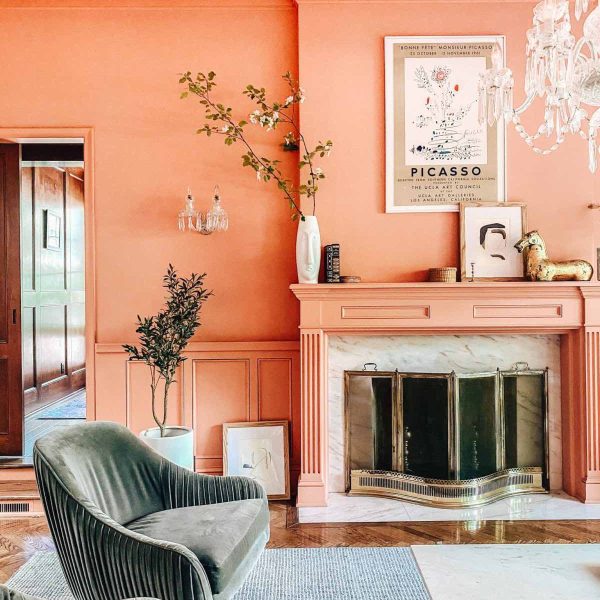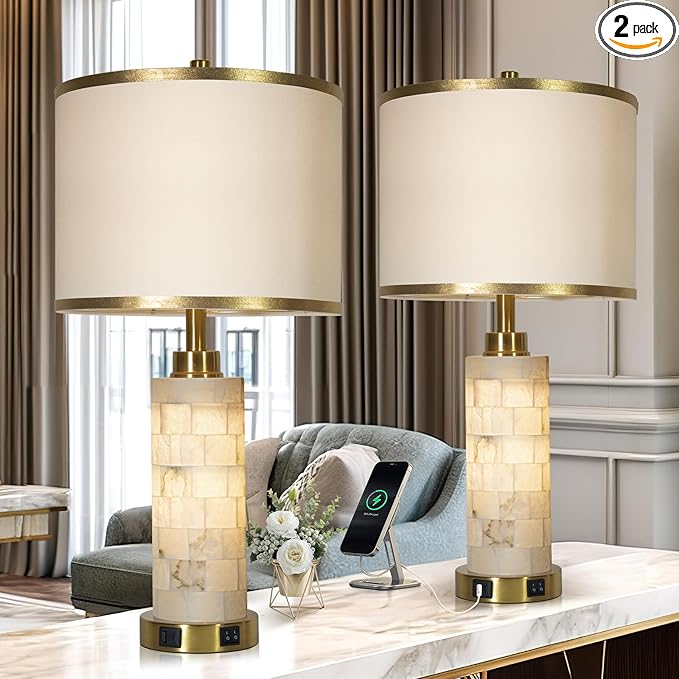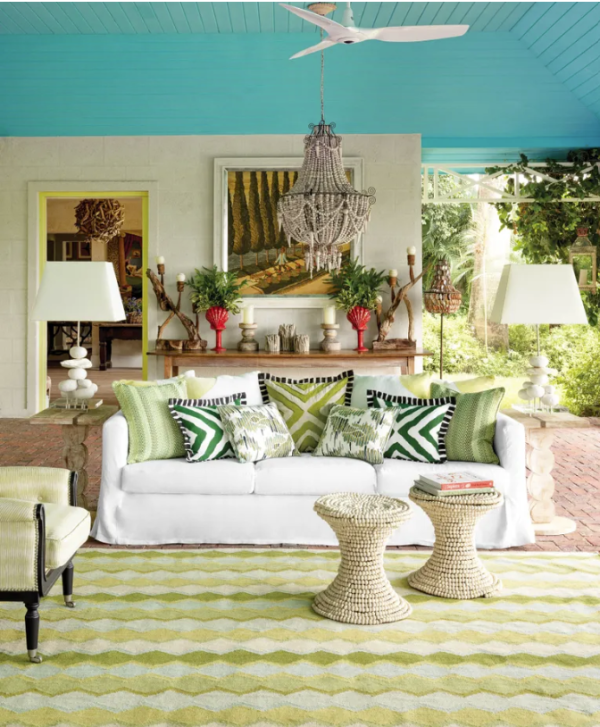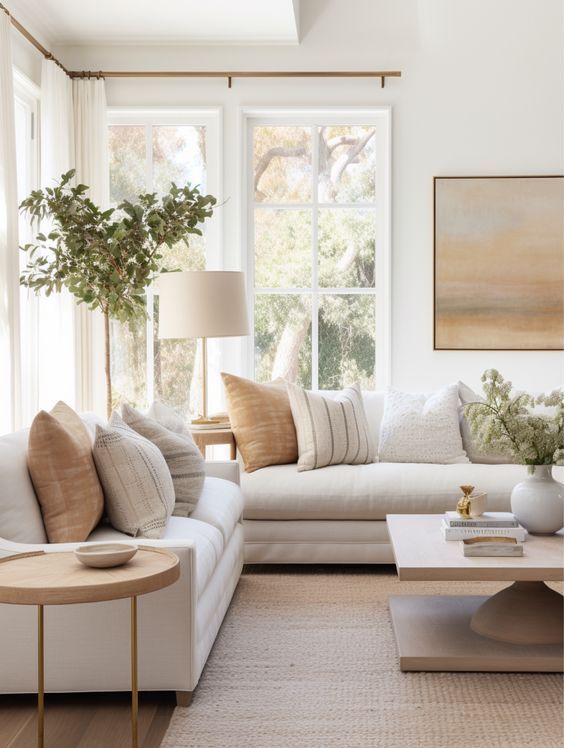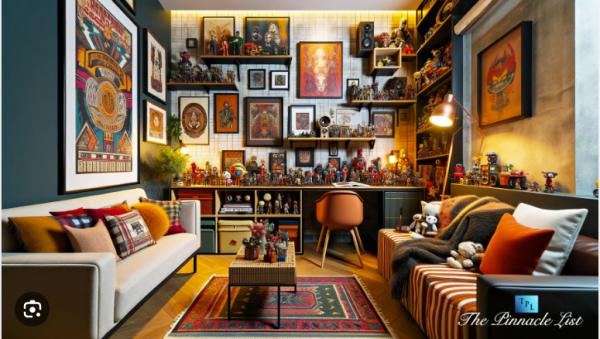Decorating your home can be a thrilling yet daunting task.
While the potential for creativity is endless, it’s easy to make mistakes that can leave your space feeling uninviting.
Whether you’re a seasoned decorator or a novice, avoiding common decorating mistakes can help you create a space that truly reflects your style.
Here are some practical tips to guide you through the process.
start with a plan
One of the biggest mistakes is diving in without a clear plan.
Before you start, take time to define your vision.
Consider creating a mood board with colors, textures, and furniture styles that inspire you.
This visual guide will help you stay focused and ensure all elements of your design work harmoniously together.
measure before you buy
Nothing is more disappointing than finding the perfect piece of furniture only to realize it doesn’t fit in your space.
Always measure your rooms, including doorways and hallways, to ensure that your new items will fit.
Use painter’s tape to outline the dimensions of larger furniture on the floor to visualize how it will fit.
don’t ignore scale and proportion
Mixing furniture of different sizes can create a dynamic look, but it can also lead to a disjointed feel if not done correctly.
Aim for balance by mixing larger items with smaller ones while ensuring they complement each other in proportion.
For example, a large sectional sofa should be paired with appropriately sized coffee tables and accent chairs.
choose a color palette wisely
Color can set the mood of a room, but choosing too many bold colors or mismatched tones can create chaos.
Stick to a cohesive color palette—typically three to five colors—that can be used throughout the space.
Consider the flow from one room to another and how colors will interact in adjoining spaces.
layer your lighting
Lighting is often overlooked but is crucial for creating ambiance.
A common mistake is relying solely on overhead lighting.
Instead, incorporate a mix of ambient, task, and accent lighting.
Use table lamps, floor lamps, and wall sconces to create depth and warmth.
Dimmer switches can also help adjust the mood based on the time of day or occasion.
accessorize thoughtfully
Accessories can enhance a room, but too many can clutter and overwhelm.
When choosing decorative items, opt for quality over quantity.
Curate your collection to include pieces that reflect your personality and style.
Remember the “rule of three” for arranging accessories: group items in odd numbers for visual interest.
don’t forget about functionality
A beautiful space should also be functional.
Consider how you use each room and arrange furniture accordingly.
Ensure there’s enough space for movement and that furniture placement encourages conversation and interaction.
For instance, in a living room, ensure seating is arranged to face each other rather than the TV.
be cautious with trends
While it’s tempting to jump on the latest trends, they can quickly become outdated.
Instead, focus on timeless pieces that reflect your style.
Also, incorporate trendy elements through accessories that can be easily changed out.
This approach keeps your space fresh without requiring a complete overhaul every few years.
take your time
Rushing to complete a decorating project can lead to impulsive decisions that you may regret later.
Take your time to find the right pieces and allow your style to evolve.
Live in your space for a while before making significant changes.
Don’t hesitate to rearrange or swap out items as needed.
ask for help if needed
If you find yourself overwhelmed, don’t hesitate to seek help.
Whether it’s a professional decorator or simply a friend with a good eye, getting an outside perspective can provide valuable insights that you may not have considered.
Decorating is a journey that combines creativity and practicality.
By being aware of and avoiding common decorating mistakes, you can create a space that is not only beautiful but also functional and reflective of your unique style.



